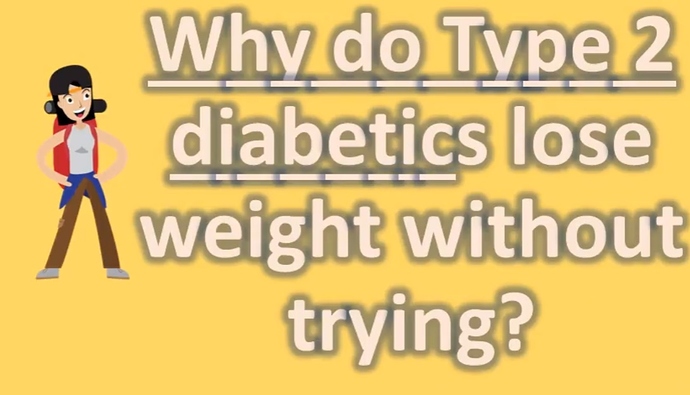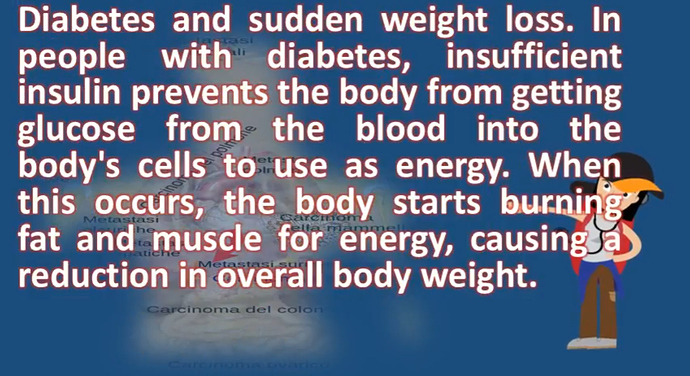The way I understand this, it is not just fat cells that can become insulin resistant. Potentially all cells can become insulin resistant and different types of tissues and cells can have different levels of insulin resistance. So, as you lower your carb intake, you are reducing the amount of insulin that your body produces in response to your diet. Over time, your fasting insulin levels drop (this would be the “background” levels of insulin that are presumably always present in your blood and thus available to all the tissues in your body). But this fasting insulin level will only drop to the point of your MOST insulin resistant tissue because those cells still need that level of insulin to drive the glucose into them. So, that level of fasting insulin is what your body produces. This sets up the possibility that at some point in your “Keto journey”, one’s insulin levels ”catch up” to the insulin resistance of your fat cells and your insulin is no longer dropping low enough to trigger the fat cells into lipolysis.
Now, what if you introduce an extended fast? What if, over time (during this fast), your blood sugar drops and (presumably) your fasting insulin also drops even lower than before. Now it might reach a level low enough to trigger lipolysis and fat loss.
On the other hand, the rate of fat loss in an insulin SENSITIVE individual is not being held back by their fasting insulin levels, so fasting does not have a similar effect on their lipolysis.
The insulin “set point” may also drop naturally as the insulin resistant cells die off and are replaced by cells which are never exposed to high insulin levels present in carb burners.
Possibly.




